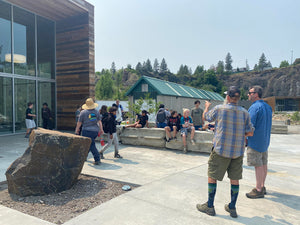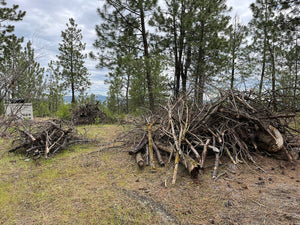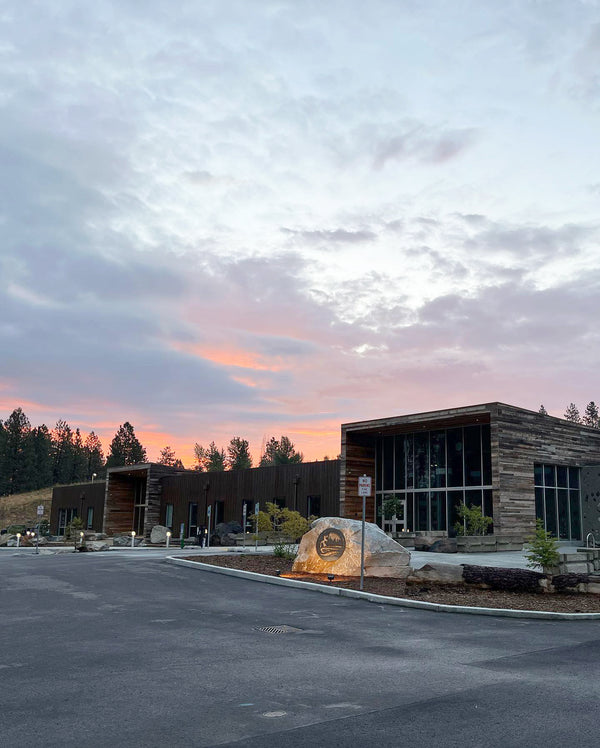
About The Spokane Conservation District
Conservation Districts, originally known as soil and water conservation districts, have a rich history in the United States dating back to the 1930s. They were established in response to the devastating Dust Bowl crisis in the Great Plains. The first conservation district was formed in 1937, and in 1939, Washington State passed a law allowing the formation of conservation districts. Their primary mission is to promote the conservation and sustainable use of natural resources, particularly soil and water, by providing technical assistance and education to farmers, ranchers, and other landowners.
Today, over 3,000 conservation districts operate across the United States, continuing to play a vital role in advocating for the conservation and sustainable use of natural resources and addressing crucial environmental issues such as soil and water protection. In Washington State alone, there are 45 conservation districts, each locally led and governed by a board of supervisors elected by district residents, ensuring that the district's activities align with the local community's needs and interests.
What is a conservation district?
A conservation district provides technical assistance and tools to help landowners manage and protect natural resources throughout the United States. These districts work with landowners on a voluntary basis, meaning they have no regulatory authority.
Conservation districts were established nationally following the Dust Bowl of the 1930s, which highlighted the urgent need to conserve natural resources, particularly soil. In 1937, under President Franklin Roosevelt's leadership, a model Conservation District Law was developed to create local leadership for coordinating conservation efforts and tailoring them to meet local conditions and priorities. Washington State adopted its Conservation District Law (RCW 89.08) in 1939, outlining the responsibilities and purposes of conservation districts, which include:
- Conducting education and demonstration projects
- Implementing improvements to conserve natural resources
- Cooperating or entering into agreements with others, including other districts
- Providing equipment and materials to landowners to assist in conserving natural resources
- Preparing and maintaining long-range and annual work plans
- Holding public hearings and annual meetings to keep citizens and agencies informed
Today, there are nearly 3,000 conservation districts nationwide. These districts operate under the following general principles:
- Conservation should be led by local citizens.
- The final responsibility for conservation lies with the landowner.
- Conservation districts are responsive to landowners, operators, and the community as a whole.
- The best agricultural land should be maintained for agriculture.
By adhering to these principles, conservation districts continue to play a crucial role in promoting sustainable land management and protecting natural resources across the United States.
Our Mission
To help protect, conserve, and enhance natural resources. To promote the sustainable use of natural resources within Spokane County.
Our Vision
To take available technical, financial, and educational resources, whatever their source, and coordinate them so they meet the needs of the local landowner for the conservation of soil, water, trees, and other natural resources.
Ask Us a Question or Request Assistance
SCD is available to explore funding opportunities and financial aid programs that can support your conservation efforts. From grants and loans to cost-sharing programs, we can help you access the necessary resources to make your conservation projects a reality.
Do you have a resource concern? Tell us more here.

Contact Us
4422 E. 8th Avenue
Spokane Valley, WA 99212
509-535-7274 – phone
509-535-7410 – fax
Monday – Thursday 8:00am – 4:30pm
Fridays by appointment only
Email us at Info@SpokaneCD.org



